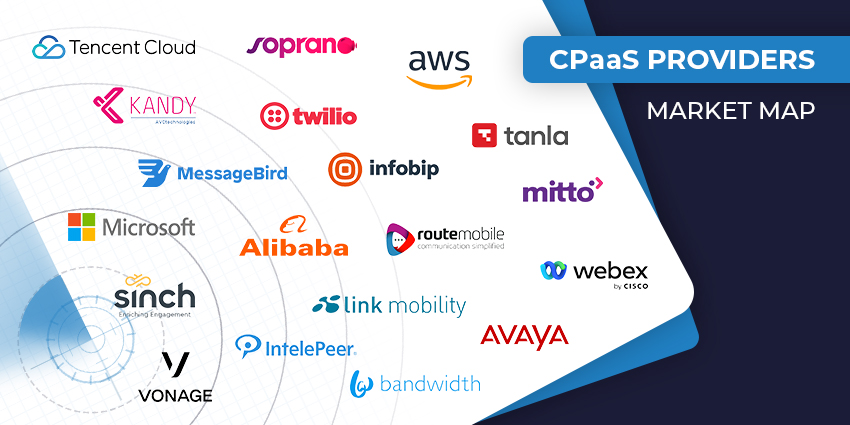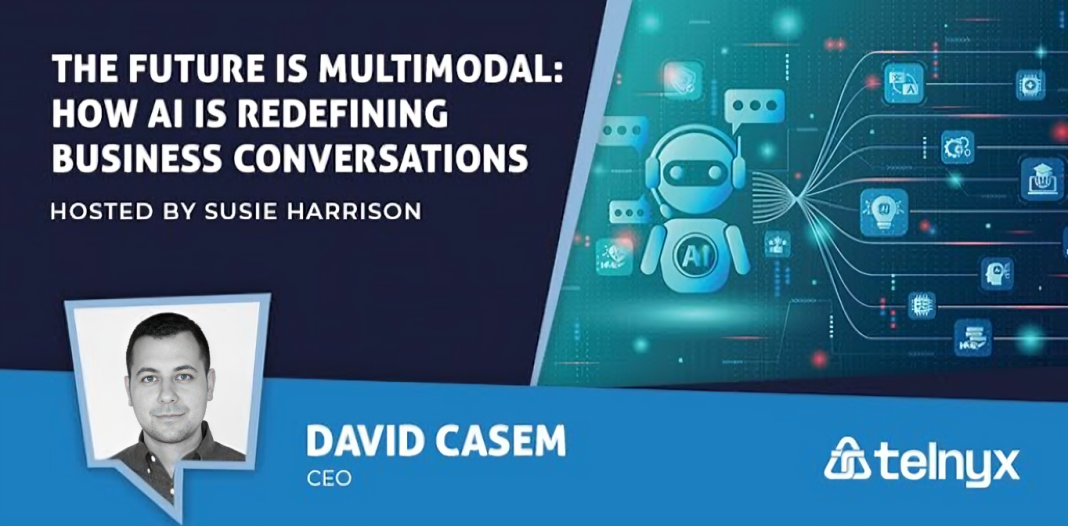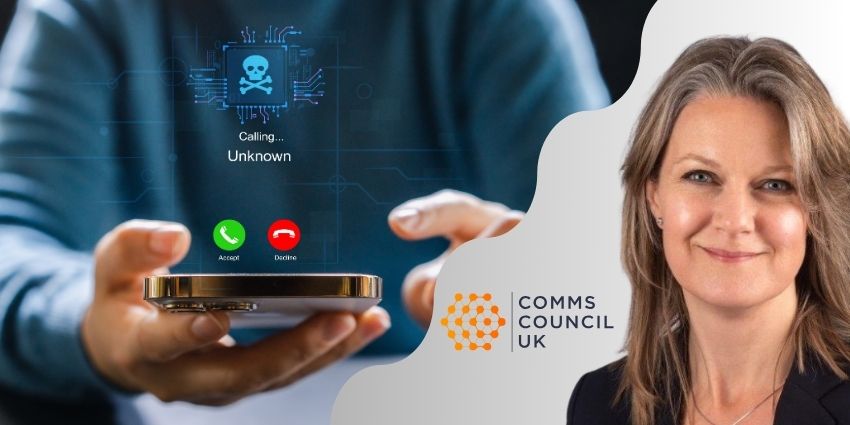The way we connect is changing, not just on a consumer and business level but also on a city-wide scale. Governments and public services are under more pressure than ever to ensure that their citizens get the right support when they need it most.
Alcatel-Lucent Enterprise (ALE) is one of the market leaders in the UC and CPaaS industry, helping companies of all sizes to make the right digital transformations right now. The ALE flexible portfolio assists even government entities in building more citizen-centric operations.
I spoke to Fatima Elleouet, the Head of Business Development for the Government Sector at ALE, to learn more about how the landscape is changing.
What is a Digital Government?

Fatima told me that digitalization is becoming a crucial pillar for public service transformation. Being a digital government, according to Fatima, is about using the right combination of data, technology, and connectivity to change the way that administrations serve citizens.
“Citizens expect the same experience when interacting with their government as they get when connecting with a private sector business. We all want the highest standard of customer experience.”
Creating a digital government is how the public sector can keep up-to-date with citizen demands. All over the world, governments are becoming more digital, building environments that allow them to access data and support citizens more efficiently. It’s not just big government groups making these changes, but smaller entities and municipalities too.
The Scottish Government transformed their network infrastructure to meet connectivity needs of their customers and their institutions.
ALE helps the Scottish government in their digital transformation by providing a robust and secure network infrastructure to support more than 40 public services agencies in Scotland.
They centralize and align network management as well as security for all entities. They create a robust solution that ensure connectivity for harsh environments and mission-critical government services.
ALE is Helping to Transform Government CX
According to Fatima, ALE is supporting governments by giving them the complete stack of technology that they need to serve their audience. “We’re helping governments to build the citizen-centric services that support the unique needs of each individuals. We’re enabling infrastructure, services, and policies to simplify the connection between the government and the citizen.”
ALE’s 99.99% reliability telephony platform gives governments peace of mind when it comes to serving their audience. At the same time, ALE consumers get the benefit of a flexible environment where users can add new communication channels and features; however, they choose.
“Citizens can enjoy the convenience of accessing government services online or through traditional communication support like phone calls, Interactive virtual routing or virtual automated attendant. To reduce contact time and onsite visits, Governments can implement Rainbow Meeting for online appointment and meeting.”
During this COVID-19 period, the city of Stadt Herrenberg in southern Germany wanted to simplify the daily work of its 350 employees with modern collaboration services such as chat, video conferencing, presence information, screen and file sharing.
An important aspect was the ability to include Rainbow Meeting for citizen access as required and without great effort, thus continuously enhancing the city administration’s digital services while providing simple, straightforward communications with citizens.
Horizontal Infrastructure
Fatima went on to tell me that in traditional government environments, groups worked in silos, with different segments separated from each other. However, the aim of the citizen-centric government is to build a horizontal structure that’s focused on the citizen’s needs.
During her discussion of the digital government, Fatima mentioned the arrival of a “horizontal infrastructure”. When I asked her to explain further, she noticed that this concept is at the foundation of every digital transformation.
“At ALE, we provide a common architecture in the middle for the government, with various service layers to add and adapt. The first level contains the protocols like LAN, WLAN and IoT protocols; the second layer is the platform, where we manage and monitor the protocols, and find ways for them to interact. The third layer is the tools: AI, blockchain, and intelligent workflows, and these lead to the outcomes and services to improve digital workplace, building security, energy consumption and so on.”
What Makes ALE’s Solution Special?
Many governments are unable to provide the right tools and solutions to their citizens due to limited resources, and an inability to track various interactions. Fatima told me that the intelligent workflows created by ALE can help with that. “We can define rules associated with different inputs and pre-defined actions to treat customer interactions in unique ways.”
Fatima said the ALE offer is unique because they’re constantly finding flexible and customised way to offer solutions. ALE bridges the gaps between all of the different components in the landscape, from the network the company is using to the specialist applications and tools they need. “We’re connecting together people, machines, and objects – that’s what makes us special.”
“We can also add new communication channels to the platform for situations when people can’t talk, but they can send a message for instance.”
How Have You Tackled New Security and Privacy Issues?
When I asked Fatima about the role that ALE plays when it comes to compliance and security, she told me that the company protects customer data and communications. All of the user data is secured, and ALE never sells to other companies or countries.
“We add security to the mix at every layer and audit our solutions to be compliant with all of the latest security policies. This is crucial for mission critical government services. We also offer on-premise solutions like Rainbow Edge, which provides the same experience as a Rainbow cloud platform”
Rainbow is built on a series of triggers, rules, and actions. These three items combine together to create intelligent workflows that offer secure outcomes for organisations in the government landscape.
How Does the ALE Intelligent Workflow Solution Help?
Fatima noted that citizen engagement is one of the most important keys in building trust for public safety. This trend leverages multichannel engagement with citizens to deliver better experiences for those interacting with public safety groups.
For public safety and security, ALE offers a highly reliable platform and the power for companies to embed the ALE functionalities they need into their existing system, like a CAD system.
“Integrated into a 911 app or website, for instance, you can give your citizens the power to notify you about traffic information, fire detection, and other significant incidents. In emergencies where people can’t dial 911, you can give them the option to send a message, take a picture, or post something on social media that will be rooted to the operation center.”
ALE is Helping to Save Lives
The intelligent workflows and integrations that ALE can offer don’t just make governments more productive, they can actively help save lives. Last year, ALE partnered with a trusted provider of public safety and emergency solutions, Rave. The combined Rave and ALE solution created a safety platform that allows campuses to collect and respond to incident data, including panic buttons and gunshot sounds.
The solution can also help campuses to respond to triggered events like alarm pulls and deliver information on campus floor plans to emergency staff. ALE can even enable faculty and staff to communicate about safety issues through collaborative services and communicate with people on and off the campus.
According to Fatima, we’re in an environment where the government needs to think seriously about digital transformation, and how they can make the transition as simple as possible. Putting people at the heart of everything is how governments can stay ahead right now.







